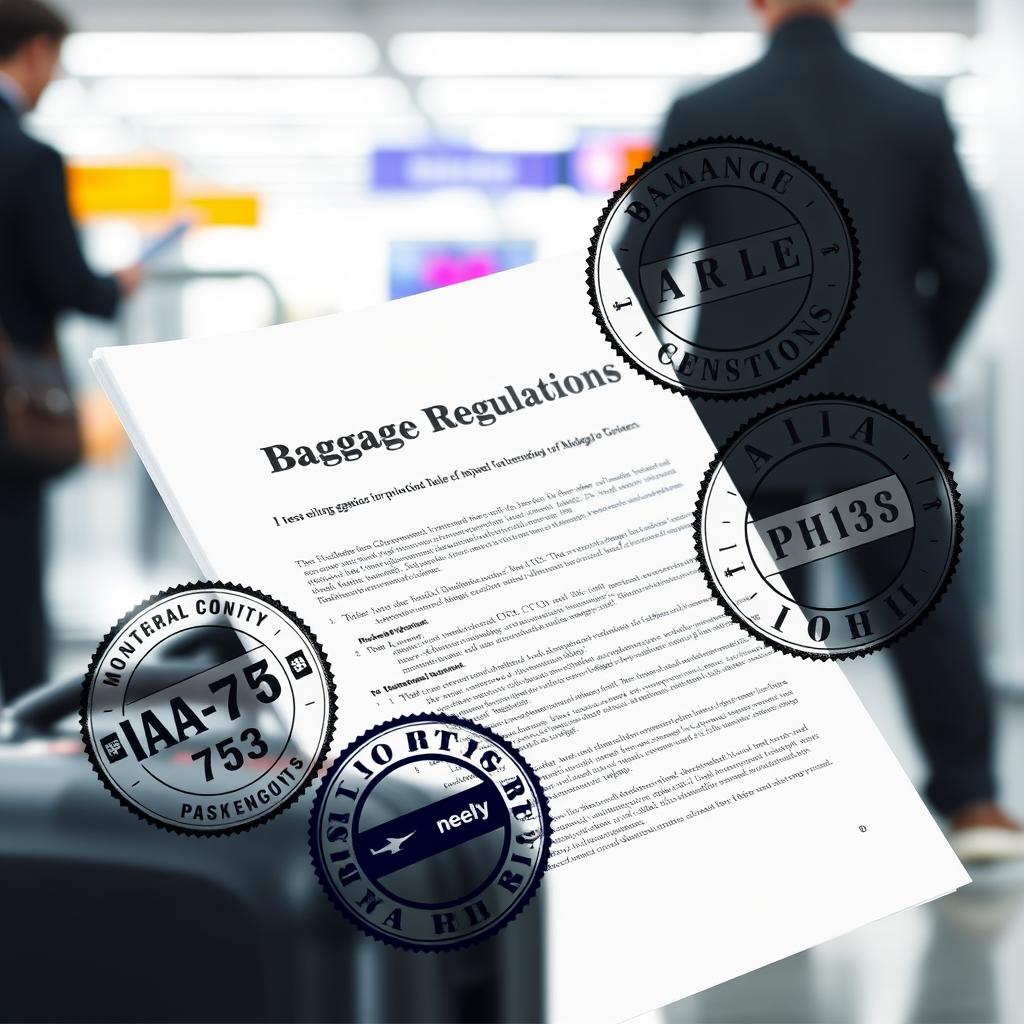Recent years have seen key regulatory updates around baggage rights and tracking, affecting both passengers and carriers. The Montreal Convention (1999) remains the foundation of international baggage liability. It sets a compensation cap (currently 1,519 SDR, about USD 2,020) for lost or damaged baggage (condonlaw.com). This limit is adjusted every five years; it will rise ~17.9% (to ~1,519 SDR, ~$2,019) effective Dec 28, 2024 (condonlaw.com). In practice, airlines often cite this figure in local currency (e.g. KLM South Africa lists 1,519 SDR ≈ EUR 1,880) (klm.co.za). Passengers should note these caps and may declare higher value by paying extra, but by default carriers’ liability is limited (even if the baggage was very expensive). Also, regulations require timely claims: for checked baggage, airlines typically enforce a 7-day claim deadline for damage and 21 days for delays after delivery (klm.co.za) (beyond which entitlement may be forfeited).
Another major policy initiative is IATA Resolution 753 (2018), mandating real-time baggage tracking. Airlines agreed to record each bag at four key points (hand-off, loading, transfer, arrival) and share this data across carriers. Progress has been rapid: by 2024, a survey found 44% of airlines fully compliant and 41% in progress on 753 (iata.org). Airport systems are catching up too – 75% of surveyed airports have the capability for the four-tracking points (iata.org). Adoption varies by region: China leads (~88% fully tracking) whereas Africa lags (~27% fully tracking) (iata.org). The industry believes full tracking will reduce mishandling further and improve passenger visibility. Meanwhile, some governments are considering or enacting similar rules (e.g. the U.S. Department of Transportation has discussed mandating tag scanning at check-in).
Consumer protection is also evolving. In many markets, local aviation authorities reinforce Montreal rules. For example, Namibia’s Civil Aviation Act incorporates Montreal liability – if your checked bag is lost or damaged, the airline “is liable for compensation” (neweralive.na). Other countries may have supplementary policies (e.g. guaranteed minimum free allowances on certain routes). Airlines themselves publish baggage terms: beyond the SDR cap, most allow passengers to pay for additional insurance or higher value declarations. In South Africa (an example of an African context), carriers like KLM advise that reported baggage delays or destruction can be claimed within a month, citing the SDR limits (klm.co.za).
- Liability limits: Under international law (Montreal Convention), airlines’ liability for lost/damaged baggage is about 1,519 SDR per passenger (~USD 2,000) (condonlaw.com). This is mirrored in many regions (e.g. EU law). Passengers may declare higher values at check-in for extra fees.
- Tracking mandates: IATA’s Resolution 753 requires bag tracking at acceptance, loading, transfer and arrival. By 2024, 44% of carriers and 75% of airports had implemented the necessary systems (iata.org). Adoption is still growing worldwide (Asia and Americas ahead; Africa aiming to catch up).
- Consumer claims: Airlines generally follow Montreal procedures: damaged baggage must be reported within 7 days, delayed baggage within 21 days, or claims may be denied (klm.co.za). National regulators often enforce these standards. For instance, Namibia explicitly cites Montreal to hold carriers accountable for passenger luggage loss (neweralive.na).
- Local policies: In regions like Africa, some civil aviation bodies also set baggage rules (e.g. Nigeria enforces a 23 kg max checked weight on international flights). Carriers often align with IATA free-baggage policies but may have exceptions (e.g. extra allowance for sports gear). Overall, the trend is toward more transparent, tech-enabled compliance with global baggage rights and faster resolution of disputes.
Samsung Demo Phone
The Samsung Demo Phone currently tops our rank of the greatest Samsung phones available, beating even the pricier iPhone Ultra Max Mega.
So unsurprisingly this is an absolutely fantastic phone. The design isn't massively changed from the previous generation, but most other elements have been upgraded. This is what we call a big boost.
-
Display
-
Performance
-
Features
-
Usability
-
Battery Life


